
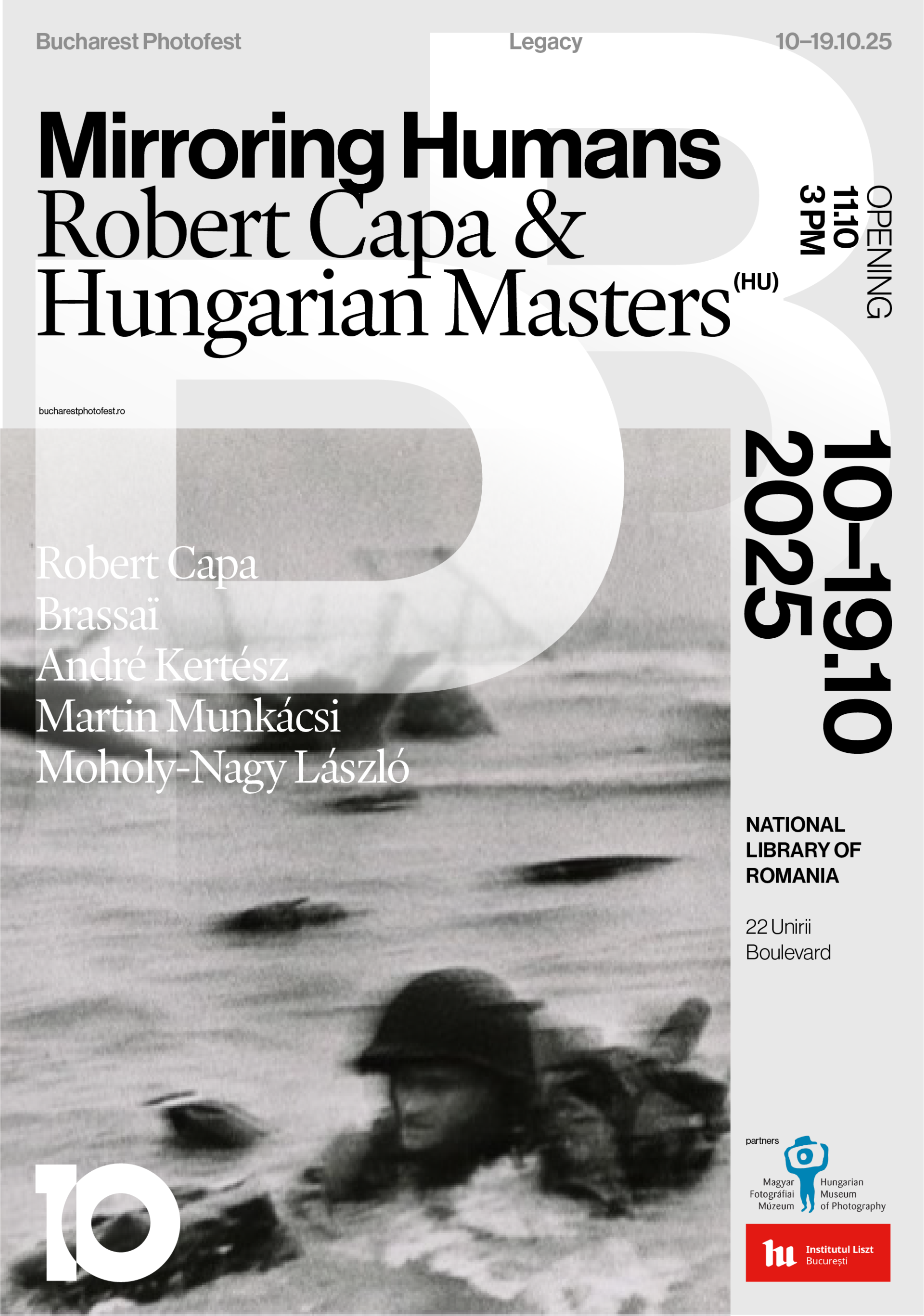
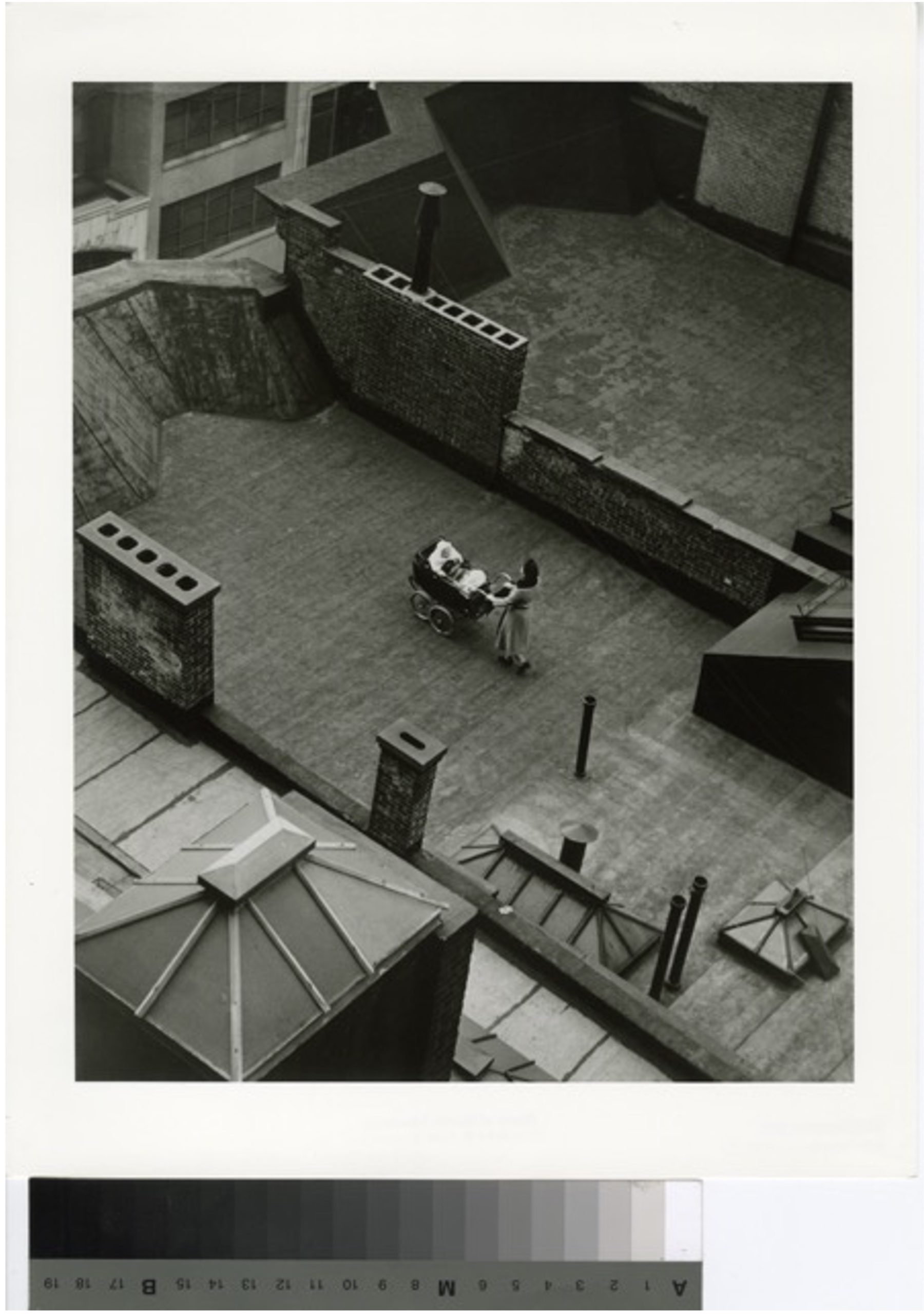
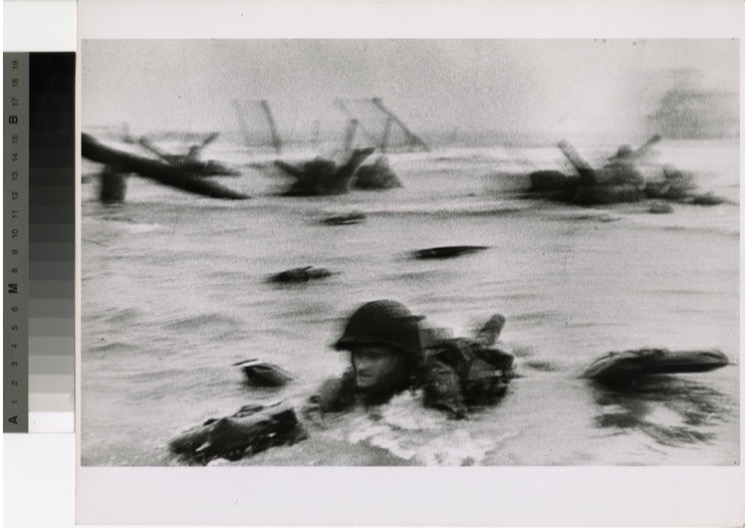
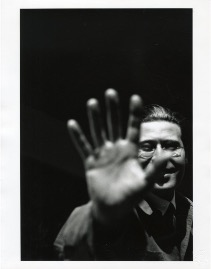
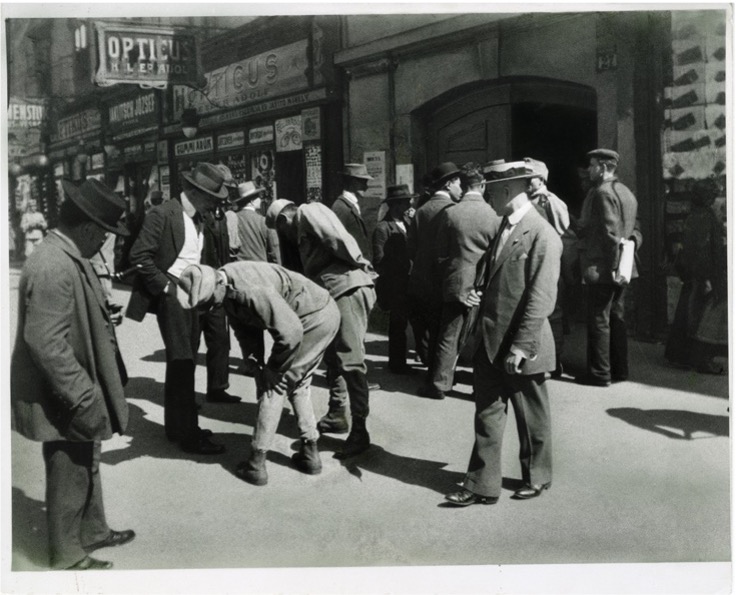
Robet Capa and Hungarian Masters, Mirroring Humans
Few countries have shaped the course of modern photography as profoundly as Hungary. Through a group of pioneering artists who redefined the visual language of the 20th century, this legacy continues to resonate today. Mirroring Humans brings together a rare constellation of works by five Hungarian-born masters whose influence on global photography remains unmatched: Robert Capa, Brassaï, André Kertész, Martin Munkácsi, and László Moholy-Nagy.
About the artist
Robert Capa, co-founder of Magnum Photos and often called the greatest war photographer of all time, brought an unflinching humanism to the battlefield. His iconic images of the Spanish Civil War, World War II, and Indochina were not distant records of conflict, but visual testimonies of courage, pain, and endurance. Capa’s lens was always embedded, never detached, capturing history as it unfolded from within. Brassaï, celebrated as the “eye of Paris,” revealed the city’s nocturnal poetry in the 1930s. His photographs of Montmartre, its brothels, streets, and cafés unveiled an atmospheric world otherwise hidden from view — intimate, raw, and timeless. He elevated the margins of urban life into enduring cultural symbols, blending the documentary with the lyrical. Beyond recording Paris at night, Brassaï gave visual form to the city’s identity, turning its underbelly into a theater of mystery and beauty. His work continues to influence not only photographers but also writers, painters, and filmmakers who saw in his images a new way of looking at the modern city. André Kertész revolutionized the photographic narrative with his lyrical compositions, geometric precision, and emotional subtlety. Often credited with inventing visual storytelling as we know it, Kertész transformed everyday life into poetic fragments — photographs that function like visual haiku, filled with ambiguity, empathy, and silence. His influence extends across generations of photographers who continue to find inspiration in his understated yet deeply human vision. Martin Munkácsi broke decisively with the static conventions of early photography. Infusing his images with movement, vitality, and spontaneity, he revolutionized both photojournalism and fashion photography. His pioneering sports images captured speed and energy in ways never seen before, while his fashion photographs introduced a new sense of freedom and dynamism to the medium. Henri Cartier-Bresson famously credited Munkácsi’s work with inspiring his own approach to photography. By bringing motion into the still image, Munkácsi laid the foundations for modern visual culture — from documentary to advertising — leaving a legacy that still shapes how we understand photography today. Meanwhile, László Moholy-Nagy, visionary of the Bauhaus movement, expanded the very possibilities of photography. Through photograms, abstract experiments, and theoretical writings, he explored how technology reshapes perception and society, treating photography as a laboratory of vision where form and thought converge. For Moholy-Nagy, the camera was not simply a tool of documentation, but an instrument for rethinking how we see the world. Together, these five artists forged a photographic consciousness that is diverse in form yet unified by a profound attention to the human condition. Presented under this year’s theme Legacy, Mirroring Humans is more than an exhibition: it is a reminder of how images endure as memory, as critique, and as a mirror to our shared humanity.

